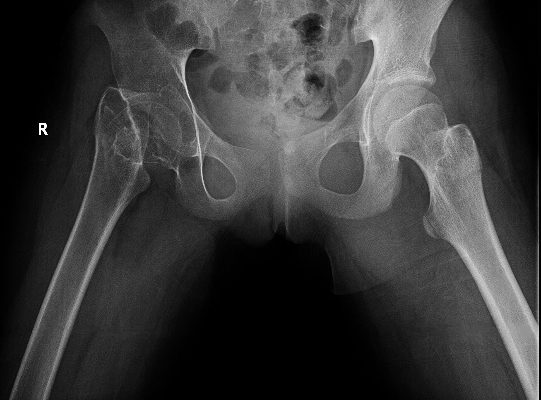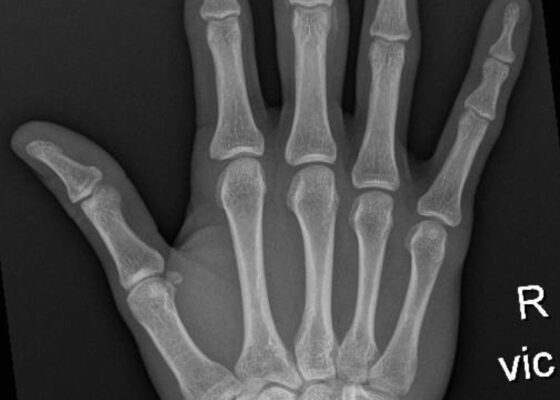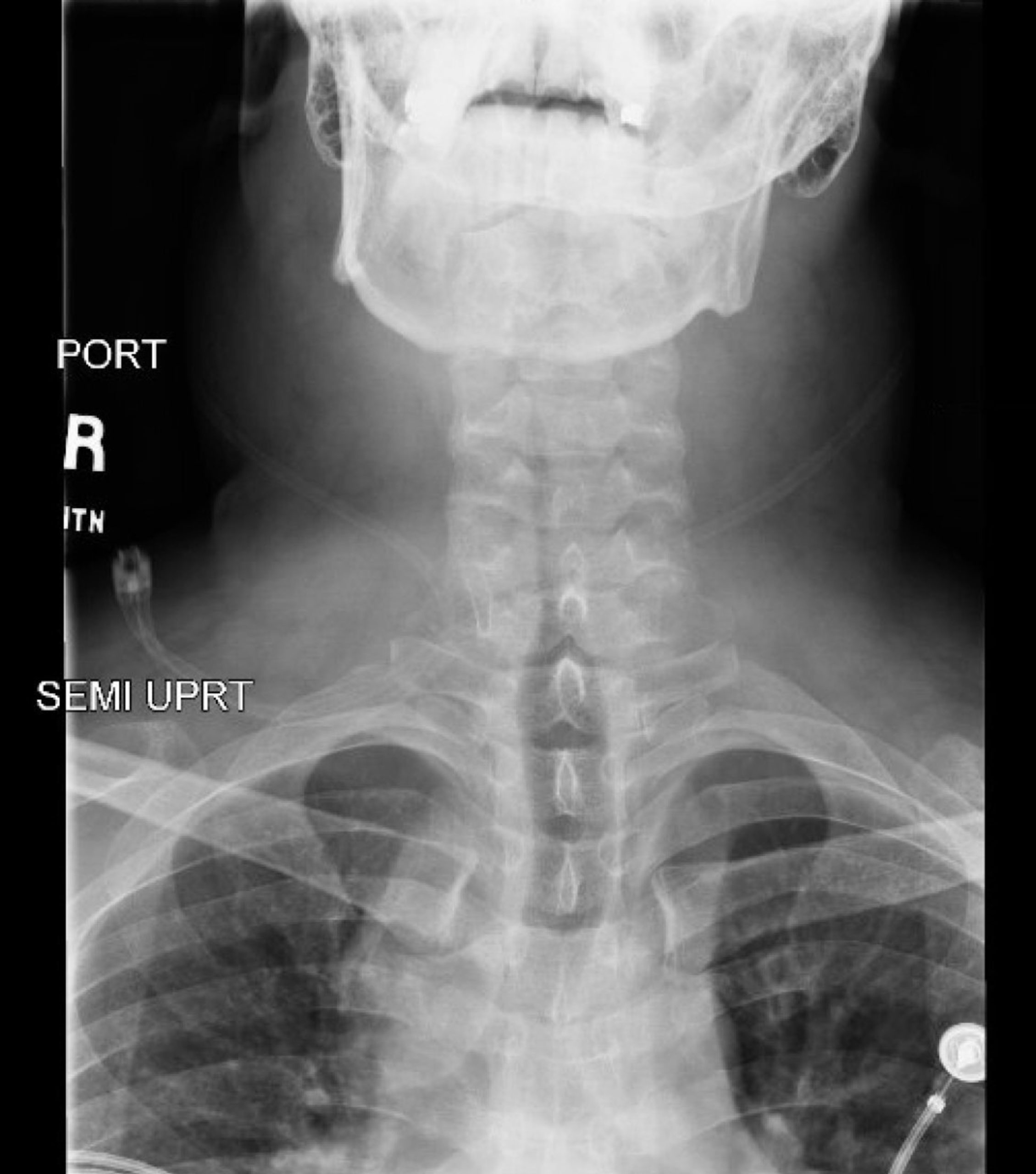Posts by JETem
Necrotizing Fasciitis
DOI: https://doi.org/10.21980/J84M1DAt the conclusion of the simulation session, learners will be able to: 1) Describe the spectrum of clinical presentations of necrotizing fasciitis. 2) Identify the microbial etiology of necrotizing fasciitis. 3) Describe the empiric antibiotics appropriate for necrotizing fasciitis. 4) Describe benefits and limitations of various imaging studies when working up necrotizing fasciitis.
Blast Crisis
DOI: https://doi.org/10.21980/J8W35KBy the end of this simulation, the participant will be able to: 1) create a thorough differential for the undifferentiated febrile, altered patient, 2) identify the signs and symptoms of blast crisis, 3) describe proper resuscitation of a patient in blast crisis, and 4) describe the indications, steps, and contraindications of performing a lumbar puncture.
Primary Measles Encephalitis
DOI: https://doi.org/10.21980/J80S75At the conclusion of the simulation session, learners will be able to: 1) Obtain a relevant focused history, including immunization status, associated symptoms, sick contacts, and travel history. 2) Develop a differential for fever, rash, and altered mental status in a pediatric patient. 3) Discuss management of primary measles encephalitis, including empiric broad spectrum antibiotics and antiviral treatment. 4) Discuss appropriate disposition of the patient from pediatric emergency departments, community hospitals, and freestanding emergency departments, including appropriate time to call for transfer and the appropriate time to transfer this patient during emergency department (ED)workup. 5) Review types of isolation and indications for each.
High Altitude Pulmonary Edema
DOI: https://doi.org/10.21980/J8C35XAt the conclusion of the simulation session, learners will be able to: 1) obtain a thorough history relevant to altitude illnesses; 2) develop a differential for dyspnea in a patient with environmental exposures; 3) discuss prophylaxis and management of HAPE; 4) discuss appropriate disposition of the patient including descent and subsequent appropriate level of care.
An Innovative Inexpensive Portable Pulmonary Edema Intubation Simulator
DOI: https://doi.org/10.21980/J8MM1RBy the end of the session, learners will be able to: 1. Discuss the pathophysiology of, and immediate stabilization management steps for, acute cardiogenic pulmonary edema. 2. List the indications, contraindications, and risks associated with intubating a patient with acute cardiogenic pulmonary edema. 3. Demonstrate effective communication and teamwork skills to manage the airway of a simulated patient in respiratory distress due to acute cardiogenic pulmonary edema. 4. Successfully and safely intubate a simulated patient with a difficult airway due to visual obstruction from frothy pulmonary edema secretions.
Innovations in Airway Education: 3D Printed Neonatal and Pediatric Needle Cricothyrotomy Trainers
DOI: https://doi.org/10.21980/J8R928By the end of this educational session, participants should be able to: 1) discuss indications and contraindications for needle cricothyrotomy in the pediatric population; 2) assemble the equipment needed to complete a needle cricothyrotomy; 3) describe and perform the steps of neonatal and pediatric needle cricothyrotomy; 4) discuss post-procedure ventilation options.
Case Report of Untreated Pediatric Femoral Neck Fracture with Osteopenia
DOI: https://doi.org/10.21980/J8S92KOn her right hip radiograph, the patient was found to have a right femoral neck fracture with superior displacement of the intertrochanteric portion of the right femur. Moreover, the radiograph demonstrated diffuse osteopenia of the right hip and femur from chronic disuse as characterized by the increased radiolucency of the cortical bones compared to the left side.
High-Pressure Hand Injection Injury Case Report
DOI: https://doi.org/10.21980/J8NM0PX-rays of his right hand revealed extensive infiltrates of the right distal and middle phalange without fractures or dislocations.
Loose PEG Tube Leading to Peristomal Leakage and Peritonitis
DOI: https://doi.org/10.21980/J8HS7TFrontal chest X-ray showed a large radiolucent area (pink highlighted area) underneath the diaphragm (yellow line) and on top of the liver (blue highlighted area) and spleen (green highlighted area) suggestive of pneumoperitoneum possibly caused by gastrointestinal perforation. This large radiolucent area can also be seen underneath the diaphragm in the lateral view chest X-ray. Computed tomography (CT) was not performed due to his physical exam findings and the significant positive findings on chest X-ray. Surgery was consulted and patient was taken emergently to the operating room.
Rapid Airway Narrowing Associated with Hodgkin’s Lymphoma
DOI: https://doi.org/10.21980/J86D3QNeck X-ray showed nonspecific significant prevertebral soft tissue swelling at the level of the cervical spine, with associated apparent thickening of the epiglottis (yellow arrow), diffuse soft tissue swelling of the neck (red arrows) and tracheal airway narrowing (light blue arrow). The computed tomography imaging of the neck was significant for multiple conglomerating pathological lymph nodes with a significant mass effect (orange arrows) compressing the right internal jugular vein (green arrow).




